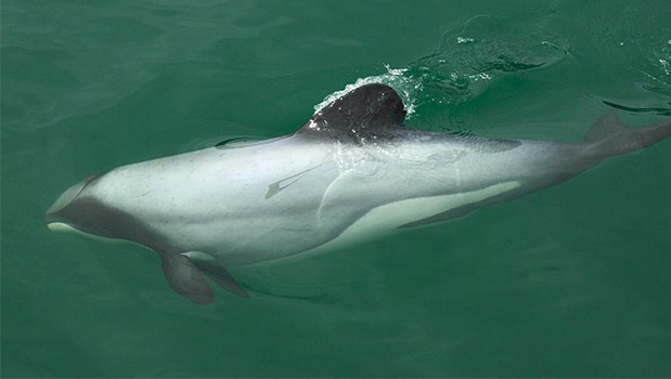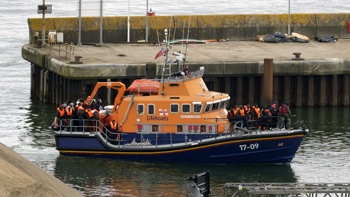
New research showing an abundance of Hector's dolphins in New Zealand waters hasn't impressed one dolphin expert.
The largest marine aerial survey to date, led by the Cawthron Institute, has estimated the number of Hector's dolphins is actually about double what is was previously estimated to be.
Dolphin consultant Gemma McGrath said she would to think the estimates are true, but they don't correspond to her own data on reported sightings.
She believes the estimates in some areas are ridiculously high and could lead to a dangerous sense of complacency.
She said this was particularly the case for areas like the Otago Peninsula and Golden Bay, where dolphin populations have been estimated but dolphins are almost never seen.
"They've just completely missed the mark in those areas, to extrapolate and estimate that high is an incredibly dangerous thing to do."
She also believes the survey may vastly overestimated the total number of dolphins, and underestimate the threats faced by individual, genetically unique dolphin populations.
Co-researcher and Proteus Wildlife Research Consultants director Dr Darryl MacKenzie said the survey had received international recognition and an endorsement from the International Whaling Commission.
But he said while it was reassuring that dolphin numbers were higher than previously thought, it was important to recognise they were still under threat from set nets and trawl fishing.
“While there had been unconfirmed sightings as far out as 15 to 16 nautical miles offshore, up till now it had been difficult to accurately survey that far out to sea in New Zealand.
"To overcome this, we developed new survey and mathematical methods which enabled us to venture further out and collect more accurate data to really get a handle on the numbers.
“There were a quite a few novel aspects that required us to extend and develop approaches that have been used in previous aerial surveys for Hector's dolphins in New Zealand, and for other marine species internationally.”
Take your Radio, Podcasts and Music with you









